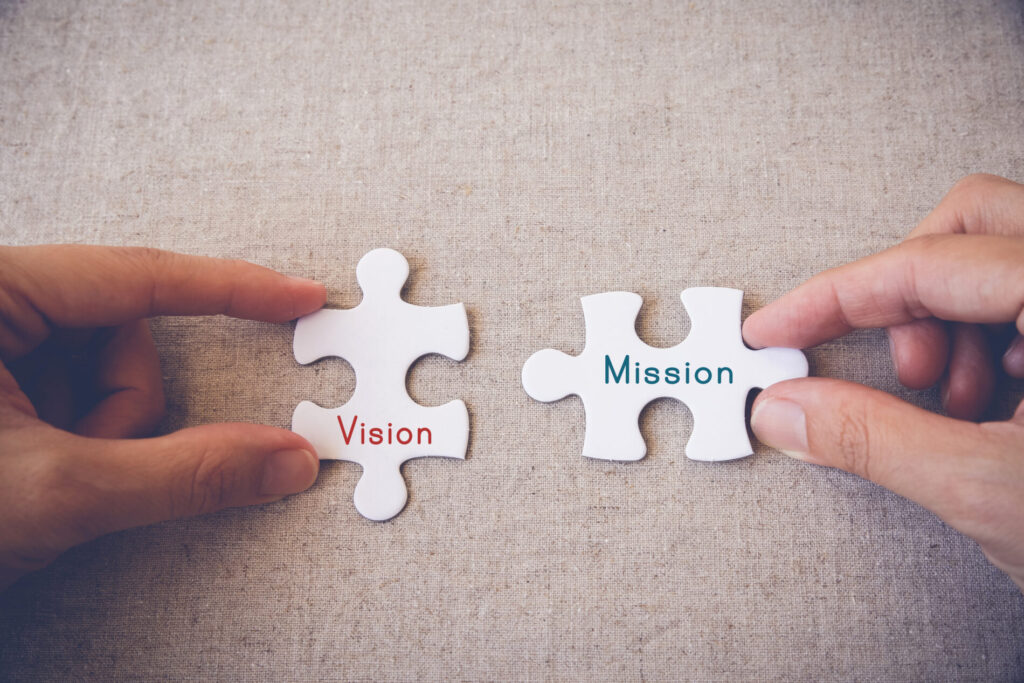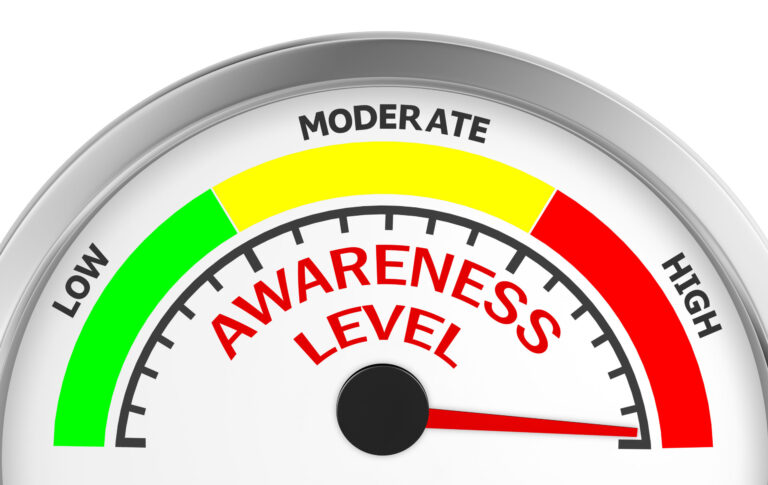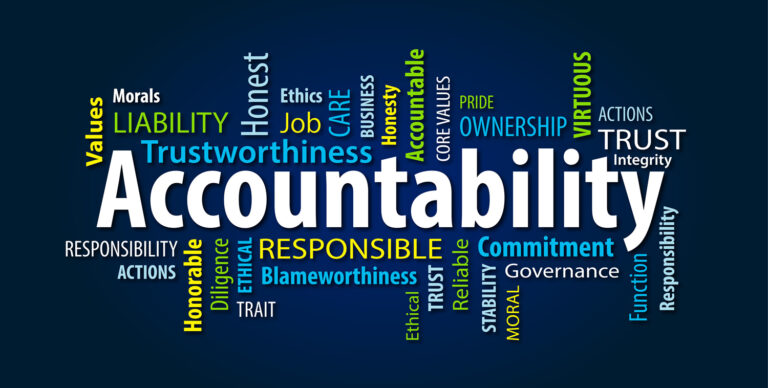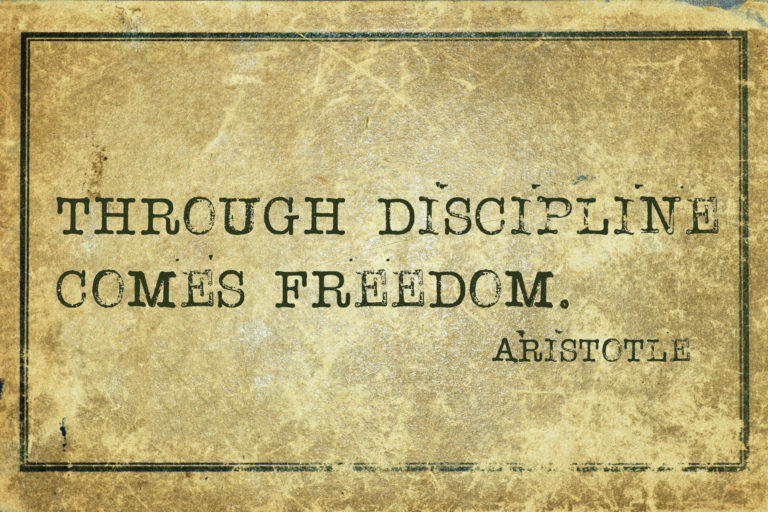How a Mission Statement Drives Behavioral Change in Organizations: A Guide to Aligning Values and Actions
By: Joseph Anderson
How a Mission Statement Drives Behavioral Change in Organizations: A Guide to Aligning Values and Actions
A mission statement is more than just a set of words on a company’s website or a framed plaque on the wall. When crafted thoughtfully and embraced by leadership and employees alike, a mission statement can serve as a powerful tool for driving behavioral change within an organization. It’s the foundation upon which culture is built and provides direction for decision-making, aligning team efforts with the broader vision. But perhaps most importantly, a mission statement can be a catalyst for shifting behaviors and guiding individuals and teams toward shared goals.
Defining the Mission Statement
A mission statement articulates an organization’s purpose and core values. It explains why the organization exists, who it serves, and how it intends to make a difference. At its best, a mission statement is clear, concise, and inspiring. It’s more than a corporate slogan—it’s a guiding light that directs strategy, shapes company culture, and motivates employees. But for a mission statement to truly drive behavioral change, it must resonate with the people it’s meant to influence.
Aligning Behavior with Organizational Values
A well-crafted mission statement acts as a compass that helps align behavior with the organization’s core values. In any organization, employees’ actions are driven by a combination of personal motivations and external influences. A mission statement brings those influences into harmony by clearly outlining the behaviors that are valued and expected.
For example, consider a company with a mission statement focused on sustainability and innovation. This mission statement doesn’t just communicate the company’s goal—it encourages employees to adopt behaviors that reflect those values. It may inspire individuals to seek out new, innovative solutions that reduce waste, develop sustainable practices, or push the boundaries of traditional thinking. By clearly defining the organization’s priorities, the mission statement sets the tone for how employees should act on a day-to-day basis.
Providing a Framework for Decision-Making
Behavioral change often begins with improved decision-making, and a mission statement provides a framework for making choices that align with organizational values. When faced with difficult decisions, employees and leaders can refer to the mission statement as a guide for what to prioritize. It helps individuals make decisions that are not only in the best interest of the company but also consistent with the desired culture.
For instance, in a maintenance organization, if the mission statement emphasizes reliability, safety, and continuous improvement, employees will be more likely to take proactive measures to prevent breakdowns, focus on long-term asset care, and work collaboratively to address issues. This alignment ensures that behaviors reflect the company’s core mission and values, driving the organization forward in a unified direction.
Creating Accountability and Ownership
When employees understand how their roles contribute to the broader mission of the organization, they are more likely to take ownership of their actions and hold themselves accountable. A mission statement that resonates with employees creates a sense of purpose and pride, motivating them to act in ways that contribute to the company’s success.
In practical terms, if a leader is clear about how their team’s efforts support the organization’s mission, it encourages accountability. For example, a leader in maintenance might reinforce the company’s mission by reminding their team that their work ensures the reliability of critical assets, contributing directly to the company’s goals of reducing downtime and increasing productivity. This sense of purpose makes it easier for employees to recognize the value of their work and take ownership of their responsibilities.
Reinforcing the Desired Culture
Behavioral change doesn’t happen overnight, but a strong mission statement can be the first step in fostering a culture of continuous improvement. Leaders can use the mission statement as a tool for reinforcing the desired culture through consistent messaging, recognition, and behavior modeling. By regularly referring to the mission statement in meetings, communications, and decision-making processes, leaders show employees that the organization’s values are more than just words—they are actionable principles that guide everyday behaviors.
Conclusion
A mission statement is far more than a statement of intent—it’s a powerful tool for driving behavioral change within an organization. By aligning behavior with core values, providing a framework for decision-making, creating accountability, and reinforcing a strong organizational culture, a mission statement can shape the actions and attitudes of employees at every level. When embraced and lived by leadership and staff alike, the mission statement becomes a catalyst for positive behavioral change, guiding the organization toward greater success and a more cohesive, purpose-driven culture.








